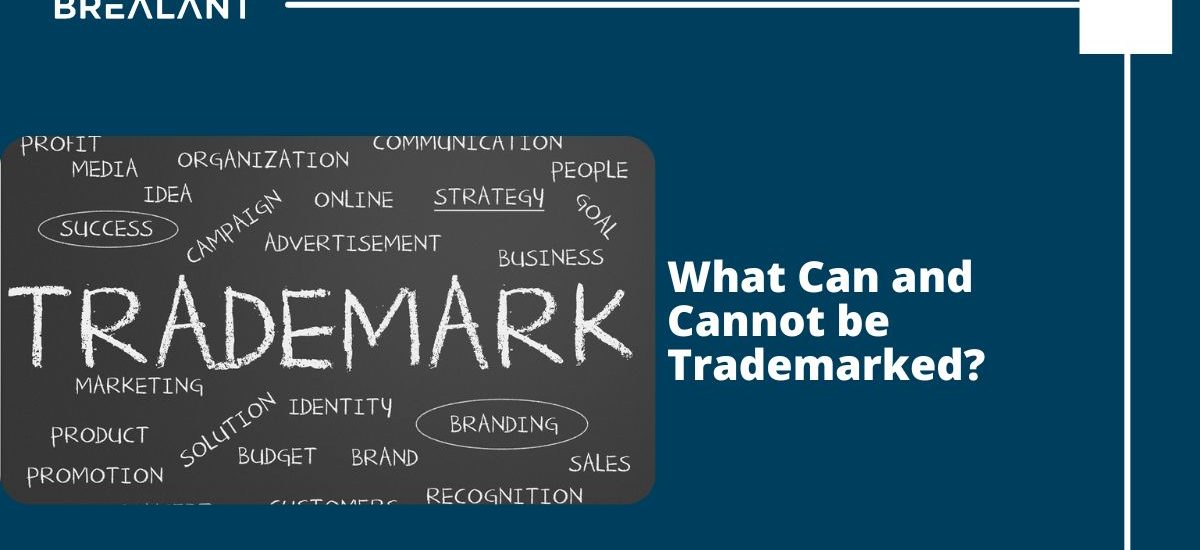Trademark law protects the goodwill of brands. It ensures that people cannot use other companies’ trademarks without consent. What does this mean for businesses?
A trademark is a term, design, symbol, or another characteristic that identifies the source of goods or services and distinguishes them from those of other producers. A trademark can be registered with the United States Patent and Trademark Office (USPTO), which prevents others from using it without permission.
Businesses need to be aware of what can and cannot be trademarked. While many things are protectable under trademark law, some cannot be used without infringing another company’s trademark rights. The courts have long held that marks that are deceptive or falsely represent the source or nature of the goods or services will not be protected by trademark law. This includes phrases like “100% authentic,” “safe and secure,” and “the best online shopping experience.”
What things can be trademarked?
A successful trademark is essential to the success of your brand. It will improve brand awareness, encourage customer loyalty, and offer important legal safeguards against infringement. Think about the components of your company that best express your distinctive brand.
Here are a few examples of objects which can be trademarked:
- Phrases or slogans
- Names
- Schemes of color
- Insignia
- Smells
- Sounds
- Shapes
- Packaging
For some operations, your company might need a different form of intellectual property protection. For example, a USPTO-issued patent is required to protect inventions from infringement. On the other hand, literary creations must be registered with the Copyright Office. Works of art, books, songs, and even computer code all have copyrights. Decide how to safeguard the intellectual property associated with your brand by consulting your lawyer.
What things cannot be trademarked?
When it comes to trademarks, a few objects are generally not allowed to be registered as trademarks. These objects include words such as “the,” “a,” and “an.” Additionally, symbols such as ® and ™ are generally not registerable as trademarks. Finally, designs like those on handbags and T-shirts are not usually trademarkable.
Before filing for a trademark, it is important to understand what cannot be trademarked. These include copyrights, trade secrets, and inventions. Finally, if your mark is similar to someone else’s already registered trademark, you must file for opposition before use can occur. Here are a few examples: menus, names of colors, sounds, and geographical locations.
Here are a few examples:
- Generic terms,
- Menus,
- Names of colors,
- Sounds,
- Immoral insignia or names and
- Geographical locations.
Additionally, certain types of intellectual property cannot be registered as trademarks. These include;
- Copyrights,
- Trade secrets, and
- Inventions.
The success of your brand depends on a powerful trademark. In addition to offering crucial legal defenses against infringement, it will improve brand recognition and encourage customer loyalty. Take into account the elements of your company that best showcase your brand. Providing you can show how they reflect your company, the USPTO will allow you to register non-generic words, emblems, slogans, colors, sounds, and fragrances. Patents or copyrights, respectively, should be used to protect inventions and literary works, which cannot be registered as trademarks. Always establish which company components need to be protected and how to do it by consulting an experienced lawyer.
Some certain objects and phrases are generally not eligible for trademark protection. This means that other companies can use these phrases without permission from the original owner. These include common words and phrases, geographic features, and symbols. So, if you have an idea for a new product or service but don’t think it would make a good trademark, you may want to avoid filing for approval immediately. There is always the possibility that somebody else has already filed for the same name or idea.
Conclusion
If a mark like yours is already used in another industry, you can run into problems while trying to grow. In a formal judicial procedure, asserting common law trademark rights is considerably more challenging. Whether you have an existing product or not, understanding the process of filing for a trademark is essential before taking any steps forward. Consult with an attorney if you have questions about the process or want to protect your mark properly.
Disclaimer-Brealant provides access to independent attorneys and self-service tools, is not a law firm, and does not provide legal advice.










